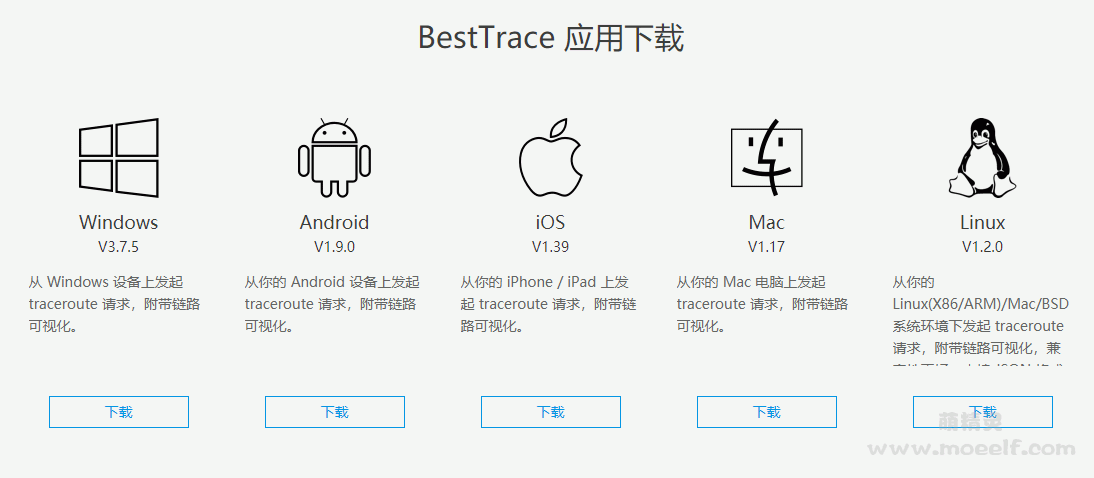

In middle to late October, the maple, hickory, oak and other hardwood trees begin to change colors and visitors have the opportunity to view the brilliant fall foliage along the Natchez Trace Parkway.

I wasn’t able to come up with an approach using just a single text input that had an obvious UX / syntax.The Old Trace Drive, at milepost 375.8 is a great place to see fall colors in mid to late October. I was originally hoping to keep this much simpler, but conjunctions and differentiating between free-form text matching and key:value pair matching kept getting in my way. It’s not concise, but it’s familiar and there is nothing to discover (aside from logfmt) More sophisticated use-cases are satisfied with an easy to understand UI.Most use-cases are satisfied with the single text input which has a low UI foot-print and is intuitive (same as web browsers).Some benefits of the two-mode approach are: For instance, with regular expressions enabled, the search input sql(.query)?="hello there" would match the keys sql and sql.query but not mysql or sql.params.Match entire key:value would indicate the key:value matching must match the entire key and entire value.For the key:value conditions, the key and value would be separate regular expressions Regular expression would allow all the entered text to be processed as regular expressions.The AND ▾ would allow the user to toggle between finding spans that match all (AND) of the key:value described or at least one (OR).key:value would be a logfmt based key-value search against the Tags, Process and log messages for spans.Service and Operation match the service name and operation, respectively.Match anything would be the same as the top text input search but with the option to use regular expressions instead of exact substring matching.The (?) would be help icons which show help info when clicked.That will probably work for most scenarios and is pretty simple. Searching via just the top text input (not the “advanced” search form), would match the input string via exact substring matching against the service name, operation, or the key or value from any key:value in Tags, Process or a log message. One approach would be something like the following:

It starts as a simple text input which works most of the time but can be used as a more advanced search when the “▾” is clicked. The pattern used in GMail’s email search seems like it would work pretty well. Some tags/logs are too big and match too many inputs.I agree, fuzzy search is a bit dubious… Seems fine to change to something better. Great suggestions and discussion of issues / solutions. Questions are noted in Thanks for creating this ticket! To solve (2) I would propose either (a) removing fuzzy search (IMO it’s not that useful, and users who are used to chrome search are used to needing exact matching) or (b) using fuzzy search only on operation/service name and doing exact matching for tags/logs. I’m not sure about the best solution for (1) - maybe have a way to configure tag keys to omit from search? Alternatively, require tag search to be of the form key: value (same as the homepage search feature) rather then just blindly searching all tag values against the input string. 0ca9bd1a2bfcdd3d7abdff52cb49a072) which the fuzzy search loves to match against. Also, some of our tag values are hash strings (e.g. However I came across two issues when experimenting with this: It would be relatively simple to also search tags and logs, by adding them to the search string. Proposal - what do you suggest to solve the problem or improve the existing situation?

The search bar on the trace view page only searches by service and operation name ( ). Problem - what in Jaeger blocks you from solving the requirement? We already know the query, but if there are hundreds of spans in the trace, it’s very difficult to locate the corresponding span. We would like the ability to search for spans by tag in the trace view page.Ī specific use case here is finding which span is making a certain SQL query. Requirement - what kind of business use case are you trying to solve?


 0 kommentar(er)
0 kommentar(er)
